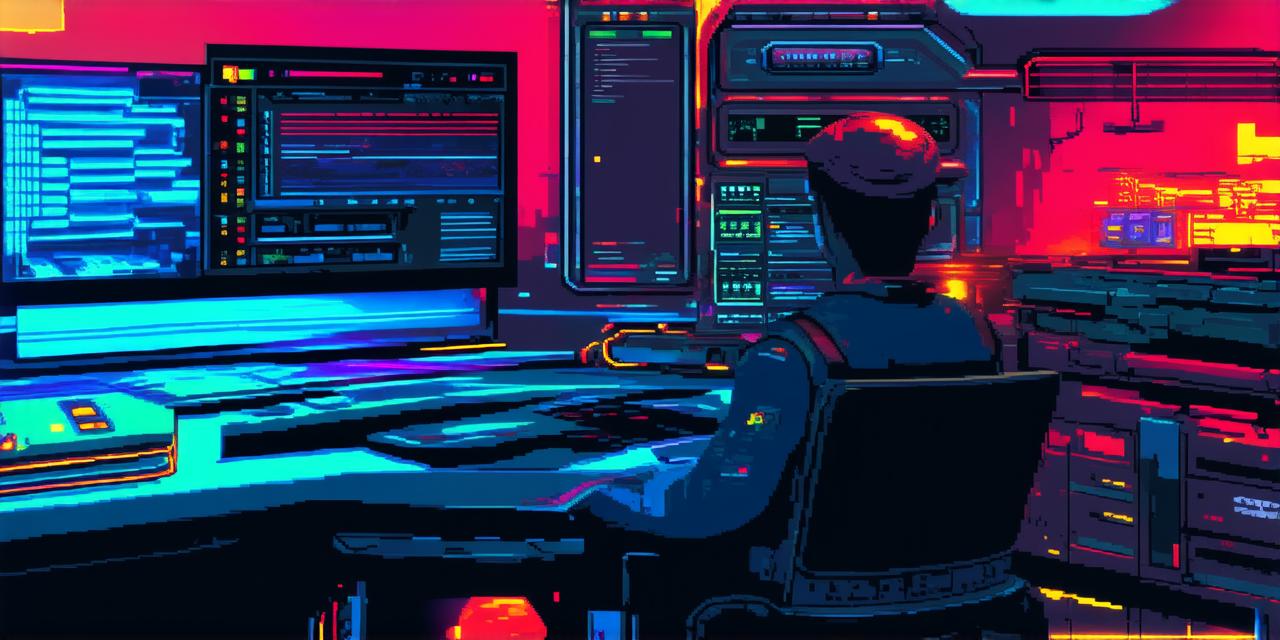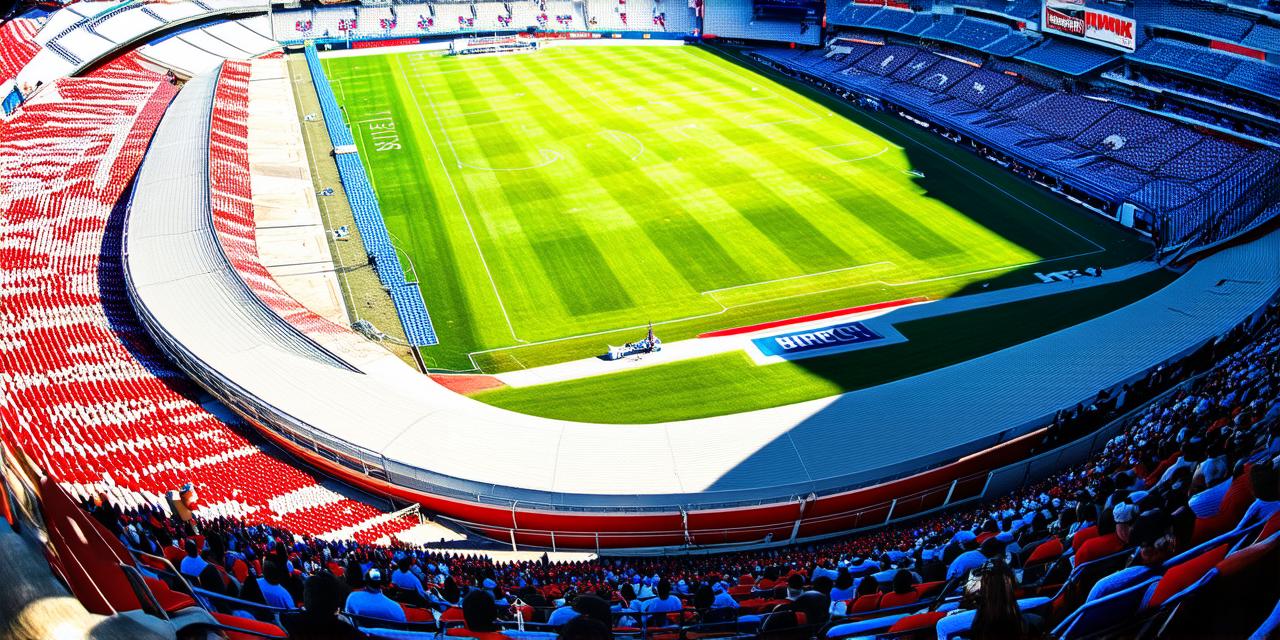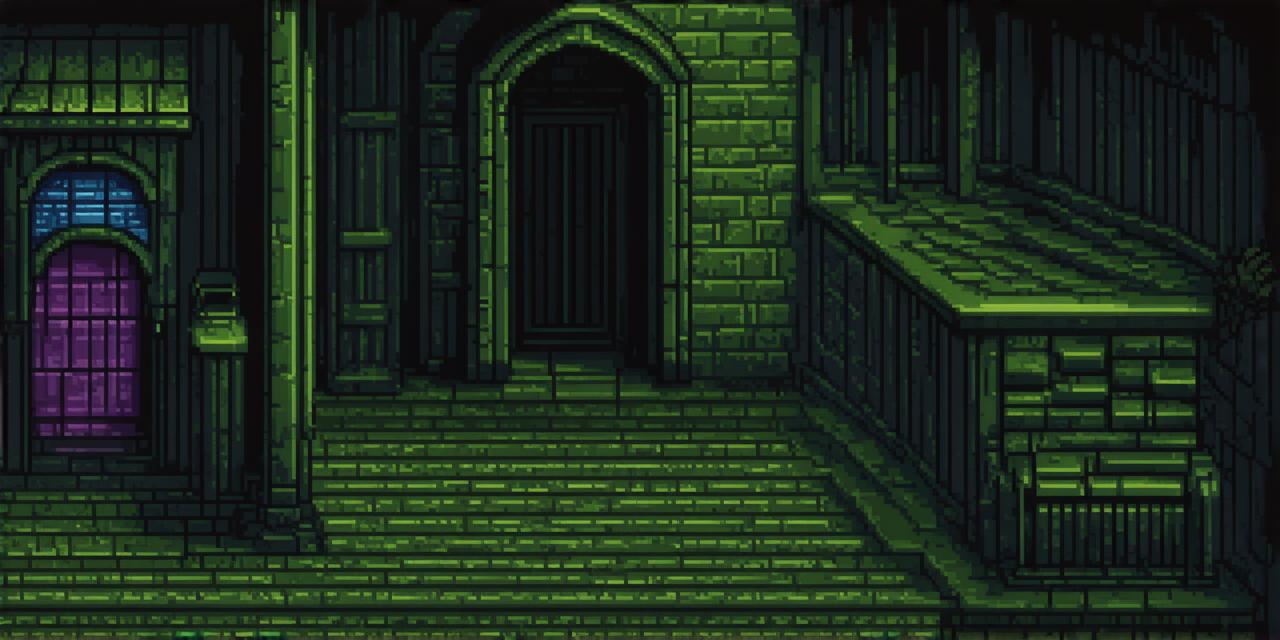Step 1: Identify Your Target Audience
The first step in designing a video game is identifying your target audience. You need to know who you are creating the game for and what they want from a game. This will help you make informed decisions throughout the design process and ensure that your game resonates with its intended audience.
Step 2: Define Your Game’s Concept
Once you have identified your target audience, it’s time to define your game’s concept. This is the overall idea of your game and should be compelling enough to attract players. It’s important to make sure that your concept aligns with your target audience’s interests and preferences.
Step 3: Create a Game Design Document (GDD)
A game design document (GDD) is a detailed plan for your game that outlines its concept, mechanics, levels, characters, and other key elements. It’s like a blueprint for your game and serves as a guide throughout the development process.
Your GDD should include information such as:
- Gameplay mechanics: How players will interact with the game and what actions they can take.
- Level design: The layout of each level, including obstacles, enemies, and power-ups.
- Character design: The appearance, abilities, and personalities of each character in the game.
- Storyline: The plot and dialogue of your game, including key events and twists.

Step 4: Choose Your Game Engine
The game engine is the software that you will use to create your game. There are many different game engines available, each with its own strengths and weaknesses. Some popular game engines include Unity, Unreal Engine, and CryEngine.
When choosing a game engine, consider factors such as:
- Development speed: How quickly can you create your game using the engine?
- Graphics capabilities: Can the engine handle the graphics you want for your game?
- User-friendliness: Is the engine easy to use and navigate?
- Community support: Is there a large community of developers who use the engine and can provide help and resources?
Step 5: Develop Your Game’s Prototype
A prototype is a basic version of your game that you can test and refine. It helps you to identify any problems with the game early on in the development process and make changes before it’s too late.
Your prototype should include:
- Basic gameplay mechanics: The core elements of your game, such as moving characters, attacking enemies, and using power-ups.
- A few levels: Enough levels to give players a sense of the game’s pacing and difficulty.
- Simple graphics: The visuals for your game should be basic but functional.
Step 6: Test Your Prototype
Once you have developed your prototype, it’s time to test it with real players. This will help you identify any problems with the game and make changes to improve it.
To test your prototype, consider:
- Recruiting beta testers: People who are willing to try out your game and provide feedback.
- Conducting surveys: Asking players for their thoughts on the game, including what they like and don’t like.
- Analyzing data: Collecting statistics on player behavior, such as how long they played the game and which levels were most popular.



